
Embracing Light and Wellness: a Holistic Approach to SAD Treatment

As the seasons shift, they bring vibrant colors, cooler breezes, and a feeling of expectation. But for some, they also mark the arrival of Seasonal Affective Disorder (SAD), a specific type of depression that shows up predictably during darker months. This blog aims to explore SAD, its typical signs, and practical ways to manage its effects.
Seasonal Affective Disorder, commonly known as SAD, is a kind of depression that follows a seasonal cycle. It typically emerges in fall and winter when natural sunlight becomes scarce. This lack of sunlight can disturb our body's internal clock and trigger feelings of depression. It's worth noting that a few individuals experience a less common form of SAD during spring and summer.
Symptoms of SAD
The reduced exposure to natural light during these seasons can disrupt the body's internal clock (circadian rhythms) and lead to symptoms similar to those of major depressive disorder. These symptoms can include:
- Persistent feelings of sadness or low mood nearly every day.
- Loss of interest or pleasure in activities that were once enjoyed.
- Changes in sleep patterns, such as oversleeping or insomnia.
- A significant change in appetite often leading to weight gain or loss.
- Feelings of lethargy, fatigue, and low energy levels.
- Difficulty concentrating, making decisions, or completing tasks.
- Feelings of hopelessness or worthlessness.
- Social withdrawal or decreased interest in social activities.
- Thoughts of death or suicide (in severe cases).
BM118 may help your body to deal with low mood, sad mood, loss of interest, lack of pleasure in previously enjoyable activities, significant change in appetite, sleep disturbance, etc.
It's important to note that while SAD shares similarities with major depressive disorder, it is a distinct subtype of depression with a specific seasonal pattern. The exact cause of SAD is not fully understood. Still, it is believed to be related to changes in light exposure and how it affects certain hormones and neurotransmitters in the brain, particularly serotonin and melatonin.
SAD can significantly impact a person's daily life, relationships, and overall well-being. It's essential to seek professional help if you suspect you or someone you know may be experiencing SAD, as SAD treatments and coping strategies are available.
Managing SAD involves addressing not just the symptoms but the overall well-being of an individual. A holistic approach encompasses health's physical, mental, and emotional aspects.
Effective Ways to Manage SAD
1. Light therapy
Light therapy, or phototherapy, involves exposure to a special type of light that mimics natural sunlight. This treatment is designed to compensate for the reduced sunlight exposure during the fall and winter months, which is a primary trigger for SAD.
The key to light therapy's effectiveness lies in its ability to regulate the body's internal clock, or circadian rhythms, and influence the production of crucial mood-regulating neurotransmitters like serotonin. By exposing yourself to a lightbox for a specified period each day, you're essentially telling your body that it's receiving the natural sunlight it needs to function optimally.
Regarding light therapy, not all light boxes are created equal. It's important to select a high-quality box that emits the appropriate light intensity (usually around 10,000 lux), is UV-filtered for safety, and has a comfortable glare-free surface.

Consistency is key. Most experts recommend using a light box for about 30 minutes to 1 hour each morning, preferably within the first hour of waking. This helps reset your circadian rhythms and jumpstart your day with a mood-boosting dose of "sunlight."
While light therapy is generally considered safe and well-tolerated, it's important to use it under the guidance of a healthcare professional. Individuals with certain pre-existing conditions or those taking specific medications should seek professional advice before starting light therapy.
For a comprehensive approach to battling SAD, consider combining light therapy with other holistic practices like regular exercise, a balanced diet, mindfulness meditation, and social engagement. These synergistic strategies can enhance the effectiveness of your treatment.
With its ability to harness the power of light, light therapy stands as a beacon of hope for individuals grappling with Seasonal Affective Disorder. By understanding how it works, choosing the right equipment, and incorporating it into a holistic approach to wellness, you can reclaim the brighter days that SAD often obscures. Always consult a healthcare professional for personalized guidance on light therapy for your unique circumstances.
2. Regular exercise
As the winter months set in and daylight becomes a precious commodity, finding the motivation to stay active can be challenging. Yet, exercise is a potent weapon in the battle against Seasonal Affective Disorder (SAD). Here are some exercises tailored to combat SAD and lift your mood during the darker seasons:
- Cardiovascular workouts: Activities that get your heart pumping and blood flowing are particularly effective in combating SAD. Consider brisk walking, jogging, cycling, or dancing. These exercises release endorphins, boost energy levels, and improve cardiovascular health.
- Aerobic exercises like aerobics classes, swimming, and jumping rope are excellent choices. They elevate your heart rate, increase oxygen flow, and promote a sense of vitality.
BIO27 is a supportive product for those lacking vitality, debility, trembling, and weakness.
- Yoga and Tai Chi: These mind-body practices enhance physical flexibility and strength and promote relaxation and mental well-being. The combination of movement, deep breathing, and mindfulness can be especially beneficial for those dealing with SAD.
- Incorporating strength training exercises, using bodyweight resistance bands or free weights, helps build muscle mass, improve metabolism, and boost confidence. It's an excellent way to foster a sense of empowerment and resilience.
- Pilates focuses on core strength, stability, and flexibility. Controlled movements and mindful breathing can help reduce stress and improve posture, which are crucial for combating SAD.
- Outdoor activities: If weather permits, spending time in nature can be incredibly uplifting. Activities like hiking, trail running, or simply going for a walk in a natural setting provide a double benefit by combining the mood-boosting effects of exercise with the therapeutic influence of nature.
- Joining group fitness classes, whether in-person or online, can provide a sense of community and motivation. Options like Zumba, spinning, or group yoga sessions offer structured workouts in a supportive environment.
- Dancing is a joyful form of exercise that promotes physical health and lifts spirits. Put on your favorite music and let yourself move freely!
- High-intensity interval Training (HIIT) involves short bursts of intense activity followed by rest periods. This efficient workout style can improve mood, boost metabolism, and increase overall fitness levels.
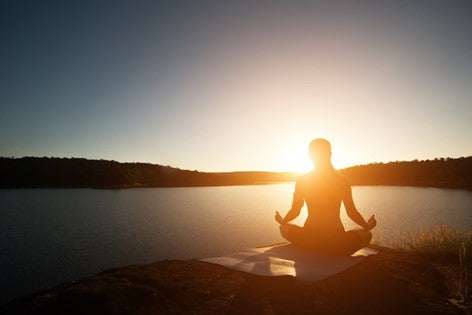
Staying active is a powerful tool in the fight against Seasonal Affective Disorder. Incorporating various exercises into your routine can lift your mood, increase energy levels, and foster an overall sense of well-being. Remember, it's important to choose activities that you enjoy, and that fit your individual preferences and physical condition. Consult with a healthcare professional for personalized exercise recommendations.
3. Balanced diet
A balanced diet is more than just a source of sustenance—it is a powerful tool in the fight against the winter blues.
- Incorporate a variety of fruits and vegetables into your meals. They are packed with essential vitamins, minerals, and antioxidants that support overall health and help combat the effects of SAD.
BM 5 is a natural support for a weak immune system. It is helpful for issues related to viruses, bacteria, and allergies. It may help with eliminating blood, food, and medicinal poisoning.
- Opt for whole grains like brown rice, quinoa, whole wheat bread, and oats. These complex carbohydrates provide a steady release of energy, helping stabilize blood sugar levels and improve mood.
- Incorporate lean protein sources like poultry, fish, beans, lentils, tofu, and nuts. Protein is essential for producing neurotransmitters like serotonin, which are crucial in regulating mood.
- Include sources of healthy fats in your diet, such as avocados, nuts, seeds, and olive oil. These fats support brain function and can positively impact mood and cognitive function.
- Fatty fish like salmon, mackerel, and sardines are rich in omega-3 fatty acids, which have been shown to have mood-stabilizing effects. Consider including these fish in your diet regularly.

- While a cup of coffee or tea can temporarily boost energy, excessive caffeine intake can lead to jitteriness and anxiety. Similarly, limit your consumption of sugary foods and beverages, as they can lead to energy crashes.
- Proper hydration is crucial for overall well-being. Aim to drink adequate water throughout the day to support bodily functions and maintain energy levels.
- Pay attention to your body's hunger and fullness cues. Avoid skipping meals, as regular, balanced meals can help stabilize blood sugar levels and support mood regulation.
- Minimize the consumption of processed foods, sugary snacks, and refined carbohydrates. These can lead to spikes and crashes in blood sugar levels, negatively impacting mood and energy.
- Certain herbs and spices like turmeric, ginger, and saffron have been associated with mood-enhancing properties. Consider adding these to your meals for an extra boost.
A balanced diet rich in whole, nutrient-dense foods provides the foundation for combating Seasonal Affective Disorder. You can nourish your body and support optimal mental and emotional well-being by prioritizing fruits, vegetables, lean proteins, complex carbohydrates, and healthy fats.
4. Mindfulness and meditation
In the depths of winter, when the world outside may seem bleak, mindfulness and meditation offer a guiding light. By embracing the present moment, nurturing inner stillness, and cultivating compassion, you can find solace and strength in the face of Seasonal Affective Disorder. Remember, it's important to approach these practices with an open heart and a spirit of self-compassion.
BM 186 is useful for emotional distress and trauma. It may help your body deal with fatigue and poor concentration—effective natural support for anxiety and coping with stress.
Mindfulness is bringing attention to the present moment observing thoughts and sensations without judgment. Individuals can navigate challenging emotions and find solace in the here and now by cultivating mindfulness.
Meditation is a practice that encourages a state of deep relaxation and focused attention. It allows individuals to quiet the mind, reduce stress, and promote a sense of inner calm. Incorporating meditation into your routine can benefit those grappling with SAD.
Both mindfulness and meditation often center around the breath. Focusing on your breath provides a stable anchor to the present moment, helping to calm the mind and reduce anxiety.
- Body scan meditation systematically brings awareness to different body parts, scanning for tension or discomfort. It promotes relaxation and a heightened sense of bodily awareness.
- Loving-kindness meditation, or "Metta" meditation, involves directing well-wishes and positive intentions towards oneself and others. It fosters feelings of compassion, love, and connection.
- Spending time in nature and practicing mindfulness can profoundly affect mental and emotional well-being. Engage your senses in the natural world, whether through a mindful walk in the woods or simply sitting and observing the beauty around you.
- Bringing mindfulness to your meals can transform eating into a deeply nourishing experience. Pay attention to the flavors, textures, and sensations, and savor each bite.
- Incorporate a daily intention-setting practice. This can be a simple affirmation or mantra that aligns with your desire for well-being and mental clarity.
Like any skill, mindfulness and meditation require practice and patience. Start with small, manageable sessions and gradually build up your practice. Consider joining a meditation group or seeking guidance from experienced practitioners. Engaging with a community can provide support, motivation, and opportunities for growth in your practice.
5. Artistic expression
As the winter months descend and daylight wanes, many find solace in creative expression. For those grappling with Seasonal Affective Disorder (SAD), engaging in artistic endeavors becomes more than a pastime—it becomes a lifeline. We'll explore the therapeutic power of creative outlets and how they can be a source of light during the darker seasons.
- Engaging in visual arts such as painting, drawing, or sculpture allows for self-expression and can provide a profound sense of accomplishment and emotional release.
- Journaling, poetry, or creative writing can be a powerful way to process emotions and gain insight into one's inner world. It provides a safe space for self-reflection and self-discovery.
- Playing a musical instrument, singing, or listening to music can profoundly impact mood and emotional well-being. Music has the power to evoke emotions and provide a sense of connection.

- Dance is a form of non-verbal communication that allows for expressing emotions through movement. Engaging in dance, yoga, or other body-centered practices can promote a sense of vitality and release.
- Photography is a beautiful way to connect with the world around you. It encourages mindfulness and lets you see beauty in even the smallest details.
- Engaging in crafts like knitting, crocheting, or woodworking provides a tangible outlet for creativity. The process of creating something with your hands can be deeply fulfilling.
- Cooking can be a creative and therapeutic activity. Experimenting with new recipes, flavors, and presentations can be a joyful form of self-expression.
- Tending to a garden or creating nature-inspired art can be a grounding and deeply satisfying way to connect with the natural world.
- Combining various artistic mediums like painting, collage, and sculpture can lead to unique and visually stimulating creations. The process of experimentation can be both liberating and rewarding.
Remember, creating is a personal journey, and there are no rules or limitations—only the boundless potential of your imagination.
6. Prioritize sleep
Prioritizing restorative sleep is not just a luxury—it's a crucial component of holistic well-being.
BM 219 may help your body deal with causes of sleeplessness, stress, anxiety, prolonged inability to sleep naturally, and disturbed sleep.
- Quality sleep is intricately linked with mood regulation. Disrupted sleep patterns can exacerbate symptoms of depression, making it essential to establish a consistent and restful sleep routine.
- Creating a sleep-conducive environment involves keeping the bedroom cool and dark, investing in a comfortable mattress and pillows, and maintaining a regular sleep schedule.
- Engaging in calming activities before bedtime, such as reading, gentle stretching, or meditation, signals to the body that it's time to wind down and prepare for sleep.
- Exposure to natural light during the day helps regulate the body's internal clock, supporting healthy sleep-wake cycles. Aim to get outside during daylight hours, especially in the morning.
- The blue light emitted by screens can disrupt the production of melatonin, a hormone crucial for sleep regulation. Establish a "screen-free" period before bedtime to promote better sleep quality.
- Avoid heavy or large meals close to bedtime, as they can lead to discomfort and indigestion. Opt for light, balanced snacks if needed.
- Both caffeine and alcohol can interfere with sleep quality. Limiting consumption is advisable, especially in the hours leading up to bedtime.
- Engaging in regular physical activity has been shown to promote better sleep. Aim for exercise earlier in the day to avoid stimulating the body close to bedtime.
- Practices like meditation, deep breathing exercises, and mindfulness can help calm the mind and promote relaxation, making it easier to fall asleep.
- If sleep difficulties persist, seeking advice from a healthcare provider or sleep specialist is important. They can provide personalized recommendations and explore potential underlying factors.
In the realm of self-care, sleep is a cornerstone. By prioritizing restorative sleep, individuals grappling with Seasonal Affective Disorder can cultivate a foundation of well-being that supports mental and emotional resilience.
The Bottom Line
Embracing a holistic approach to SAD Treatment offers a comprehensive and effective way to navigate the challenges of the changing seasons.
You can reclaim your sense of well-being by nurturing your mind, body, and spirit through light therapy, exercise, mindful nutrition, creative expression, and connection with nature.
Remember, consulting a healthcare professional for personalized advice and guidance on managing SAD is important.
Embrace the seasons as an opportunity for growth and renewal, knowing you have the tools to thrive.




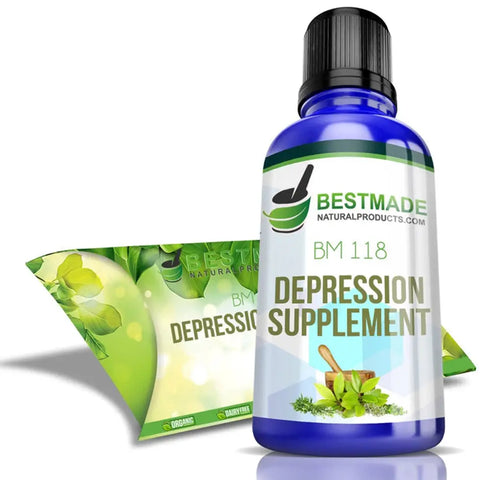

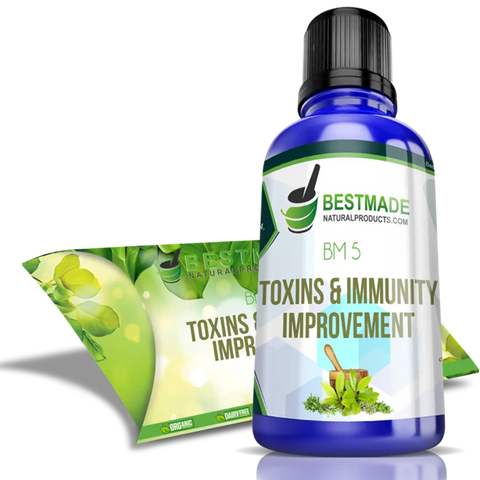
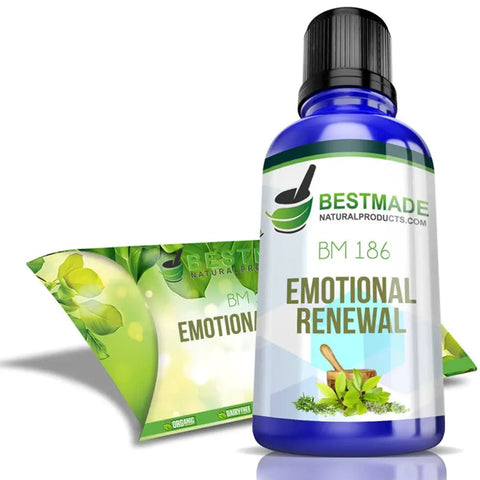
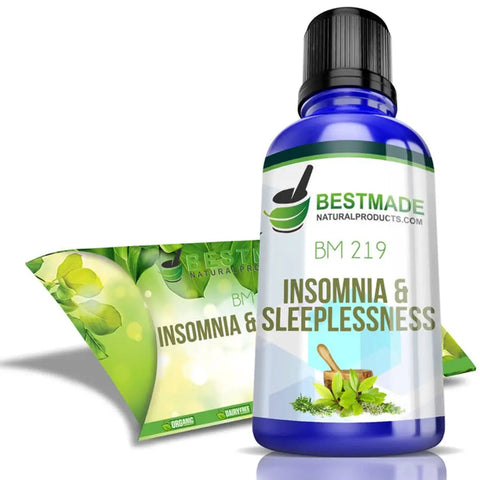
Laissez un commentaire